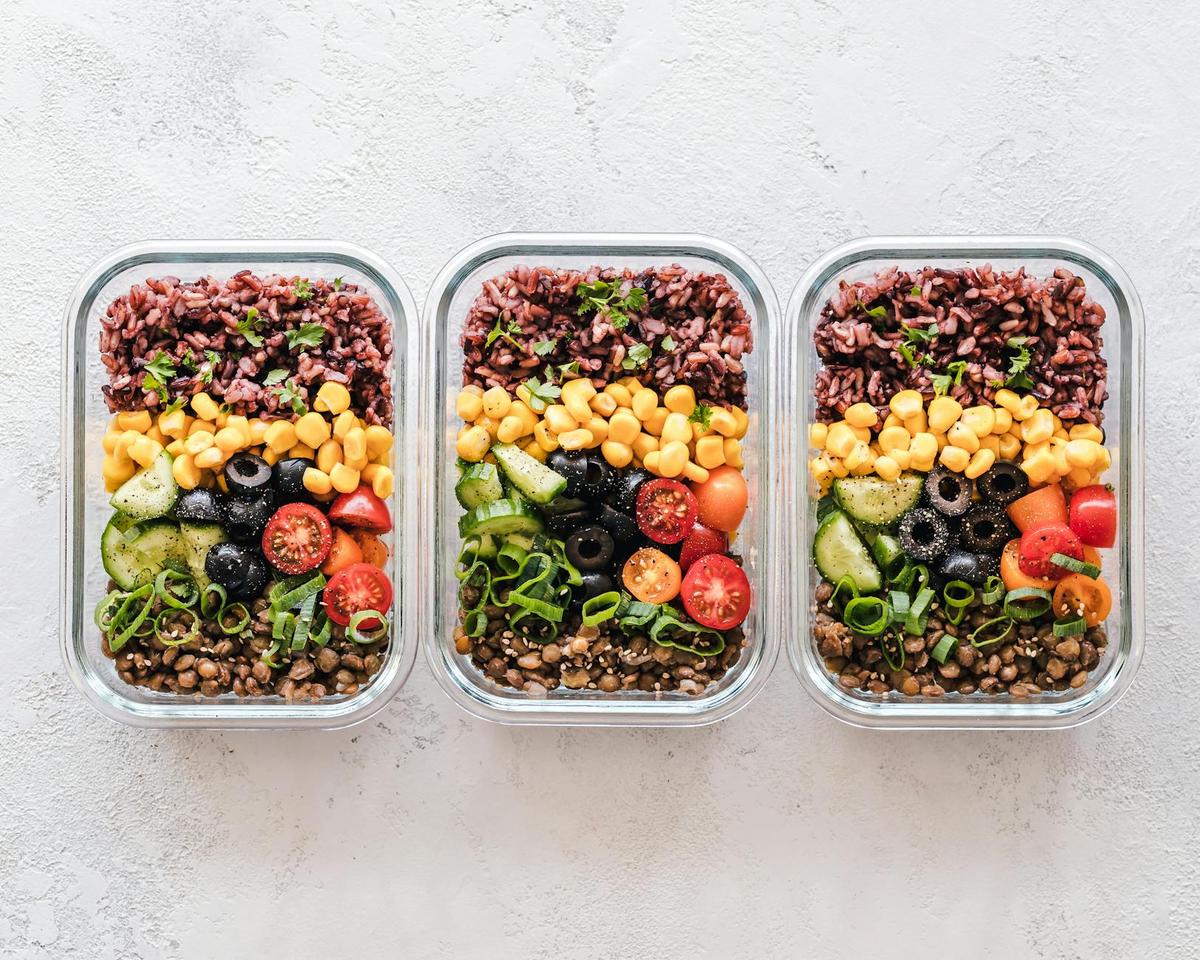
The Rise of Plant-Based Seafood: Innovative Methods and Recipes
The culinary world is experiencing a wave of innovation with the rise of plant-based seafood, offering delicious alternatives that cater to both taste buds and sustainability concerns.
The demand for plant-based foods has been steadily increasing, and seafood is the latest frontier in this culinary revolution. With growing awareness about overfishing and environmental impact, many are turning to plant-based seafood as a sustainable alternative. Let’s dive into the innovative methods and mouth-watering recipes that are making waves in the plant-based community.
Why Plant-Based Seafood?
Plant-based seafood provides an eco-friendly solution without compromising on the flavors we love. According to a recent market analysis, the plant-based seafood market is expected to grow significantly, driven by consumer demand for sustainable and healthy food options. Environmental experts suggest that choosing plant-based alternatives can drastically reduce our carbon footprint and help preserve marine life.
“The shift towards plant-based seafood is not just a trend; it’s a necessary step towards a more sustainable future,” says Dr. Alex Green, a renowned environmental scientist.
Innovative Methods in Plant-Based Seafood
- Algae-Based Products: Algae is rich in nutrients and mimics the taste and texture of seafood remarkably well.
- Legume-Based Creations: Lentils, chickpeas, and other legumes are being used to create fish fillets and crab cakes.
- Jackfruit: This versatile fruit is often used to replicate the texture of fish, making it a popular choice in recipes.
Delicious Recipes to Try
Creating plant-based seafood at home is easier than you might think. Here are some recipes to get you started:
- Chickpea ‘Tuna’ Salad: Mash chickpeas and mix with vegan mayonnaise, celery, and onion for a delicious sandwich filling.
- Jackfruit ‘Fish’ Tacos: Season jackfruit with lime and spices, then grill for a tasty taco filling.
- Algae ‘Salmon’ Rolls: Use algae-based products to create sushi rolls that look and taste like the real thing.
Comparison Table: Plant-Based Seafood Options
| Ingredient | Texture | Flavor | Nutritional Benefit |
|---|---|---|---|
| Algae | Soft | Umami | Rich in Omega-3 |
| Jackfruit | Fibrous | Neutral | Low in Calories |
| Chickpeas | Creamy | Nutty | High in Protein |
| Lentils | Thick | Earthy | Fiber-Rich |
| Seaweed | Crunchy | Salty | Mineral-Rich |
| Tempeh | Firm | Nutty | Probiotic Benefits |
| Mushrooms | Meaty | Earthy | Vitamin D |
| Cauliflower | Soft | Mild | Low in Carbs |
Frequently Asked Questions
What makes plant-based seafood sustainable?
Plant-based seafood reduces the impact on marine life and lowers the carbon footprint compared to traditional seafood.
Are plant-based seafood options nutritious?
Yes, many plant-based seafood products are nutritionally balanced, rich in protein, and contain essential vitamins and minerals.
Can I find plant-based seafood in stores?
Yes, many supermarkets and health food stores now stock a variety of plant-based seafood options.
Conclusion
As plant-based seafood continues to rise in popularity, it offers a delicious and sustainable way to enjoy the flavors of the ocean. Whether you’re a seasoned vegan or just exploring new dietary options, the innovative methods and recipes in plant-based seafood are sure to delight your palate. Why not try incorporating some of these ideas into your next meal and enjoy the benefits of a more sustainable lifestyle?


